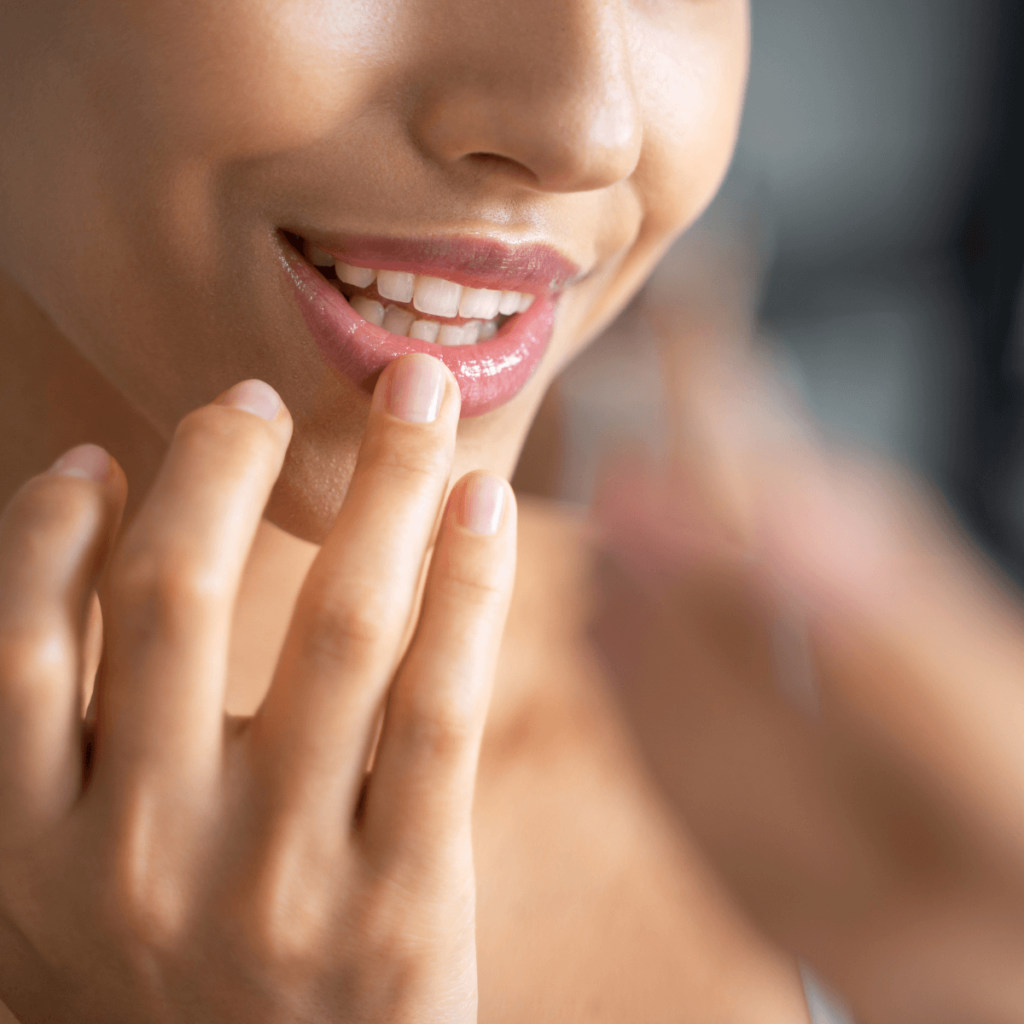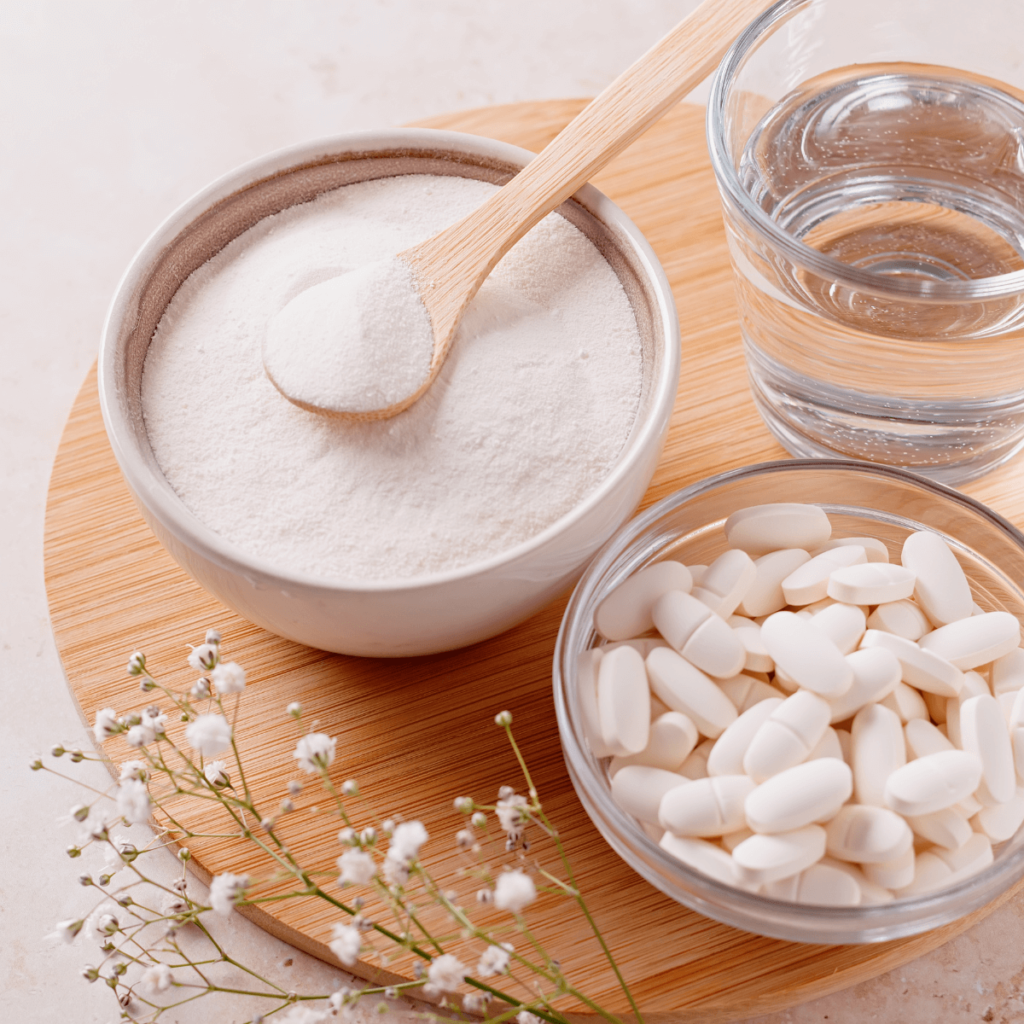Filler treatments are among the most popular non-surgical cosmetic procedures globally. They offer an easy route to smoother and youthful appearance of the skin. As a temporary solution to common skin concerns such as fine lines and wrinkles, though, fillers require regular maintenance.
The longevity of hyaluronic fillers can be a tricky subject, as it depends on numerous factors – from the type and amount of the filler to the individual metabolic rate of each patient. However, sticking to a few dermatologically proven tips that we have prepared in this post can significantly increase the amount of time between each injection treatment.
Injected hyaluronic acid is similar to the one found naturally in our bodies and over time, the hyaluronidase enzyme inevitably breaks down both. Still, certain face areas are less susceptible to the enzyme than others. For instance, lip fillers tend to last the shortest (between 6-12 months) as the mouth area has an excellent blood supply and is often subjected to more dynamic movements. In comparison, deeply placed filler (e.g. in the cheekbones or temples) can last anywhere between 1 to 3 years.
So, what is the optimal post-treatment care that will increase the longevity of your hyaluronic fillers? Here are some useful steps recommended by dermatologists worldwide.

Contents
Keep the skin hydrated
Optimal skin hydration is key for maintaining the injected hyaluronic gel at a high level of moisture. Proper hydration can be achieved through professional treatments and consistent at-home skincare routines. Hydrating masks, serums, and moisturizers with hyaluronic acid can enhance skin moisture levels. Additionally, drinking plenty of water supports overall skin hydration from within.
The areas around the eyes and lips are particularly susceptible to dehydration, so ensure you provide them with extra care. For example, the lips are semi-mucosal and lack sweat glands, often containing a low number of sebaceous glands. Therefore, hydrating the area with lip glosses, balms, and other skincare products is not just advisory but mandatory. Using products with ingredients like shea butter, coconut oil, and beeswax can lock in moisture and provide a protective barrier.
Sun protection is another essential practice that will increase the longevity of hyaluronic fillers placed in these areas. UV exposure can degrade hyaluronic acid, so when choosing a lip care product, make sure to select one with UV protection. A lip balm with SPF 30 or higher can shield your lips from harmful sun rays, preventing premature aging and maintaining filler effectiveness.
Prepare before the procedure
Before you go in for your lip fillers, a little prep can make a big difference! Steer clear of blood thinners like aspirin or fish oil a week before your appointment – no one wants extra bruising, right? Stay hydrated! Drinking water and keeping your lips moisturized with a nourishing balm will help ensure smoother results. A gentle lip exfoliation beforehand is another great idea to create the perfect canvas. And don’t forget to chat with your injector about any allergies or health concerns so everything goes off without a hitch!
Reduce caffeine intake and make liquids your new best friend
The importance of maintaining a higher liquid intake cannot be overstressed when it comes to skincare and optimal post-treatment routines. Staying well-hydrated supports skin health and helps maintain the effects of treatments such as hyaluronic acid injections. Therefore, aim to increase your daily intake of fluids such as water, herbal tea, freshly squeezed juices, and smoothies. These beverages hydrate the skin from the inside out, enhancing its elasticity and appearance.
Conversely, reduce the consumption of caffeine-containing products like coffee and certain teas. Caffeine is a dehydrating ingredient and can be one of the biggest enemies for your skin and body. It can lead to increased water loss, which counteracts the benefits of any hydrating efforts and may cause the breakdown of injected hyaluronic gel faster.
Even if you are diligent with your daily intake of liquids, overdoing it with caffeinated drinks will certainly undermine your efforts. To increase the lifespan of your fillers and keep your skin hydrated, aim for a recommended daily amount of healthy liquids, which is generally around 30 ml per kilogram of body weight. This personalized hydration goal ensures that your skin remains plump and your treatments remain effective for a longer period. Additionally, incorporating hydrating foods like fruits and vegetables into your diet can further support your skin’s hydration needs.

Increase collagen intake
Adding hyaluronic acid and collagen supplements to your diet is another trick recommended by many dermatologists who work with filler injections. If your food lacks a sufficient amount of amino acids, collagen intake is one way to compensate. Certain amino acids are directly related to the formation of new collagen in the body and the preservation of hyaluronic acid structure. Therefore, aim to pack your plate with ingredients rich in antioxidants, vitamins A and C, as well as zinc and selenium. These nutrients support skin health by promoting collagen production and protecting against free radical damage, ensuring your skin stays firm and hydrated.
Adjust your lip care routine
Want your lip fillers to stay looking fresh and full for as long as possible? Time to level up your lip care routine! Hydrating products packed with hyaluronic acid and peptides are your new best friends. Hyaluronic acid locks in moisture, making your lips look plumper, while peptides work behind the scenes to boost collagen for that smooth, firm pout. Say goodbye to dry, cracked lips! Use a super-moisturizing balm or serum every day. And no more scrubbing away at your lips with harsh exfoliants – treat them with the extra care they deserve post-filler.
Avoid tanning beds and heated spa treatments
Continuous and excessive exposure to intense sunlight or other forms of heat, such as saunas, steam baths, and solariums, leads to the faster degradation of injected hyaluronic gel. Prolonged heat exposure accelerates the breakdown of fillers, reducing their effectiveness and longevity. Additionally, other factors can also compromise your fillers, such as engaging in intense sports, having an increased metabolism, and suffering from immune diseases. These can all contribute to the premature degradation of the injected hyaluronic gel, making it essential to take appropriate precautions to preserve your treatment results.
Protect the injected areas from pressure
Applying higher pressure to the areas where a filler has been injected can be detrimental to the work of even the best of doctors. Deep facial cleanses immediately after filler injection, massages and dental procedures can also enhance the rapid absorption of the hyaluronic filler.
Reduce stress in your day-to-day
While stress is a common experience in our lives, it is important to note that higher stress levels lead to cortisol release, which ultimately enhances the rate of the aging process. Prolonging the benefits of injected fillers requires the reduction of stress whenever possible, so make sure you lead a balanced lifestyle and invest in activities and habits that promote mindfulness and self-care.
To ensure the longevity of your hyaluronic lip fillers, it is essential to remain consistent with hydration, sun protection, and a nutrient-rich diet. Adhering to your dermatologist’s recommendations and following a regular skincare routine will significantly enhance the effectiveness and durability of your treatment. By staying committed to the practices outlined in this article, you can significantly prolong the plump and youthful appearance of your lips.


